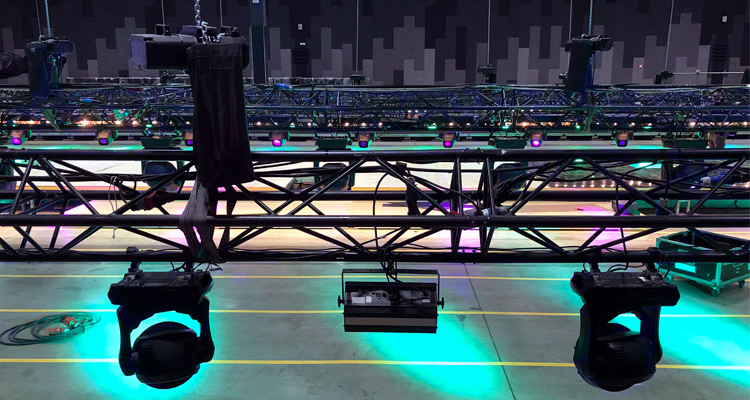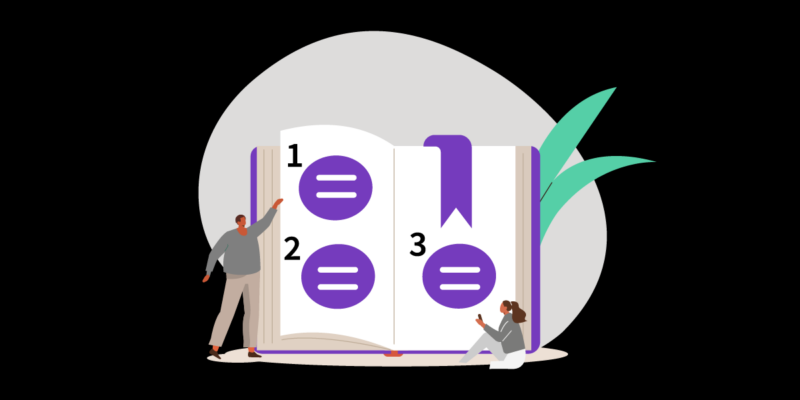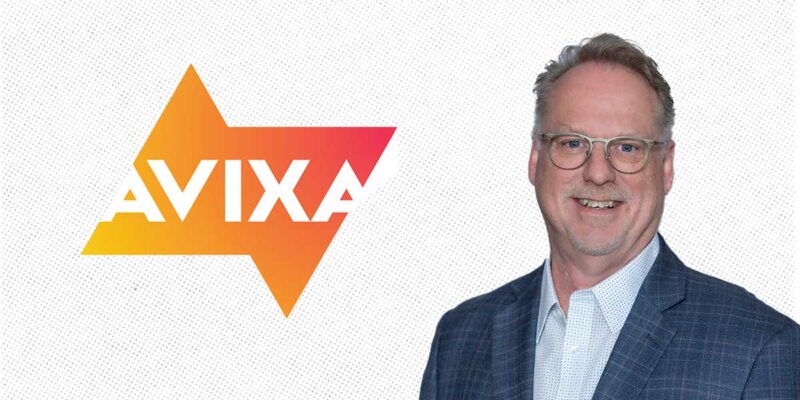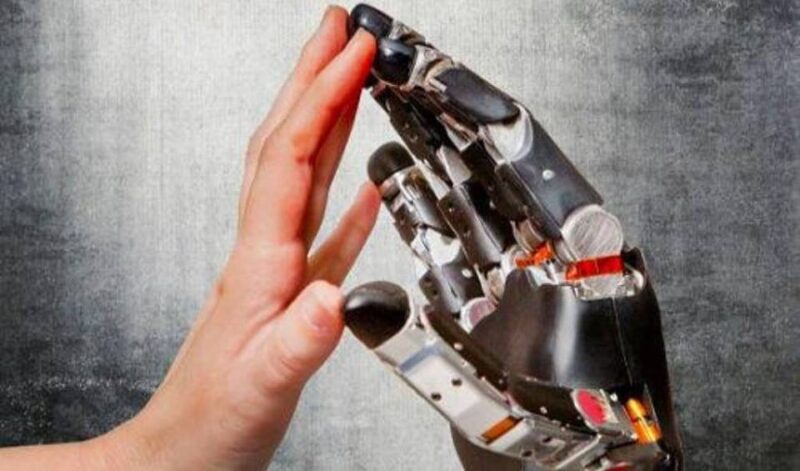The World of Events: AV Gets Complicated
 From my experience, AV installations are permanent. The rooms, digital signage, multipurpose rooms and auditoriums that line my portfolio of installations have that in common: They are set up and left for use for many years. At most, there is one specialist that will interface with the controls to make sure the audio and video feed go where they need to go. Everybody else is an ordinary end user.
From my experience, AV installations are permanent. The rooms, digital signage, multipurpose rooms and auditoriums that line my portfolio of installations have that in common: They are set up and left for use for many years. At most, there is one specialist that will interface with the controls to make sure the audio and video feed go where they need to go. Everybody else is an ordinary end user.
The reason these systems need so little attention and so little staff is the control systems are designed with very locked-down functionality. The goal is to make it easy for end users to use. So, here are the basics: KISS — Keep It Simple, Steve.
I’ve been running AV operations and projects with this model for decades. But, there is a whole world out there that I am not as familiar with — a world of EVENTS. These events have those super cool guys who come in like a SWAT team. They put together the AV for an event and make this magic thing happen, so much bigger and more impressive than my corner conference room. These people are the same, but they are also different. Are we brothers or cousins? We are definitely family. In 2017, Infocomm changed its official name to AVIXA to stand for Audiovisual and Integrated Experience Association. This grew the tent to include all the flavors of AV specialists.
As I said, my experience is in permanent installations. To learn more about the event side, I reached out to Tim Kerbavaz. He and I have had friendly chats on the social internet, and I know he’s been doing events for years. He’s as AV “event-y” as I am “AV-permanent.”
So, what’s the big difference? Luckily for me, Tim helped me understand how the controls for permanent installs are different from event installs. I had always assumed that this was an acknowledged universal truth: AV systems should have the simplest possible interface. Tim expanded my world. Imagine using dedicated experts to run the equipment. What’s possible? Now those multiple cameras can get really fancy and the multiple sources of sound going in and out get complicated. The systems can be precise and configurable. It is then done so seamlessly that the consumers don’t even see it.
The techs work to make it so. They wear inconspicuous black clothes — nothing to see here! Just watch the full-spectrum AV magic happen. They even add lights! Lights add a lot of magic, in my opinion.
For Tim, the event is produced for a purpose, to tell a story. Who needs to hear the story? The event will have a lot of moving parts, but the unchanging core is to tell the story the organizer (customer) needs to tell. The technology is in the tools, and the tools serve the story. The story is why everyone came, it is the reason this event had come into existence. The event organizers want the audience to have a certain experience or even to take action at the conclusion. As a producer, Tim works with the customer to understand the story they need to tell. He then opens up his magic kit to make the story come to life in the most beautiful way possible.
Space is also a big factor in how the magic unfolds; it determines so much. Taking into account where the presenters and the audience will be in the space, Tim can begin to work out the equipment that will best serve the event and the story. Cameras must be positioned to accommodate the light (especially changing natural outdoor lighting) to capture what is intended and avoid unwanted artifacts. The mics and speakers must be placed in the space and let the presenters do what they need to do. No quarter will be given to the enemy of feedback. The story and the space allow for a final selection of the equipment. Tim’s connection with rental houses lets him locate the tech and have it shipped just in time (“JIT,” as he says) to the location and get it set up.
The next layer of magic is the expert technicians who will seamlessly make all the equipment work. The audio and video can work precisely in the transparent way the producer intends when professionals are at the controls. The events use different equipment for a slightly different purpose. It’s somewhat like the difference between the free calculator from the bank and a Texas Instrument Scientific Calculator. If all I need to do is a little add and subtract, the free one is fine. But there is so much more that can be done for the AV experience. Customers don’t know how to do it, but they know they like it and will pay for it.
I’m proud of my permanent installs. They are tough and can handle 90% of what the users need to have their basic meetings. Good enough can be good enough most of the time. But Tim’s specialty is the purposeful engineering of audio and video to allow an immersive story experience, and it is on another level. One day, I’d love to take part in the setup and execution of this kind of event.





